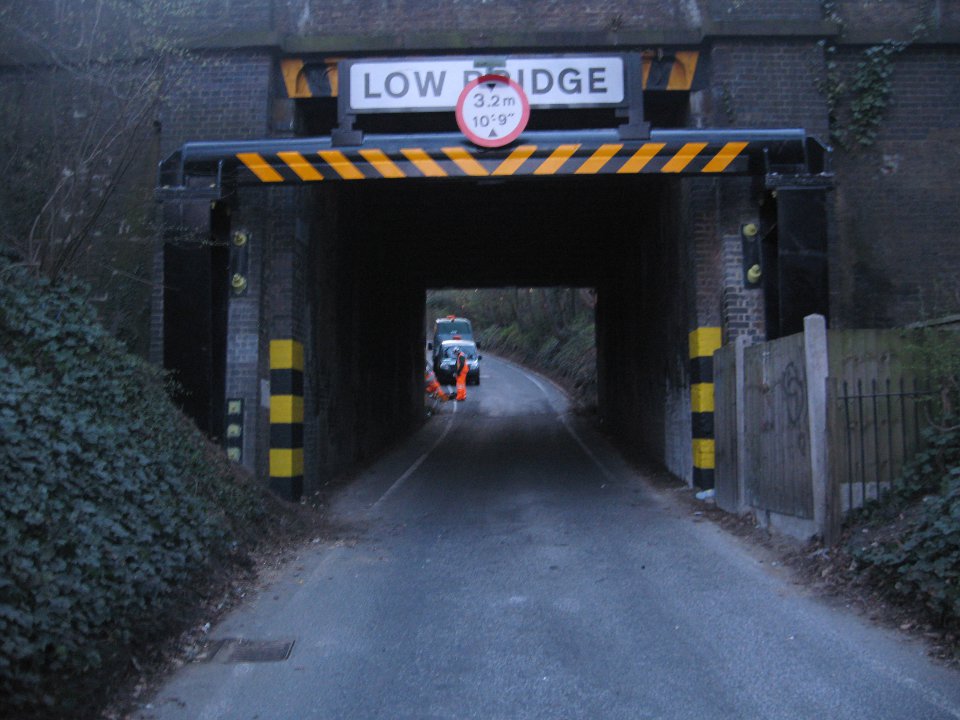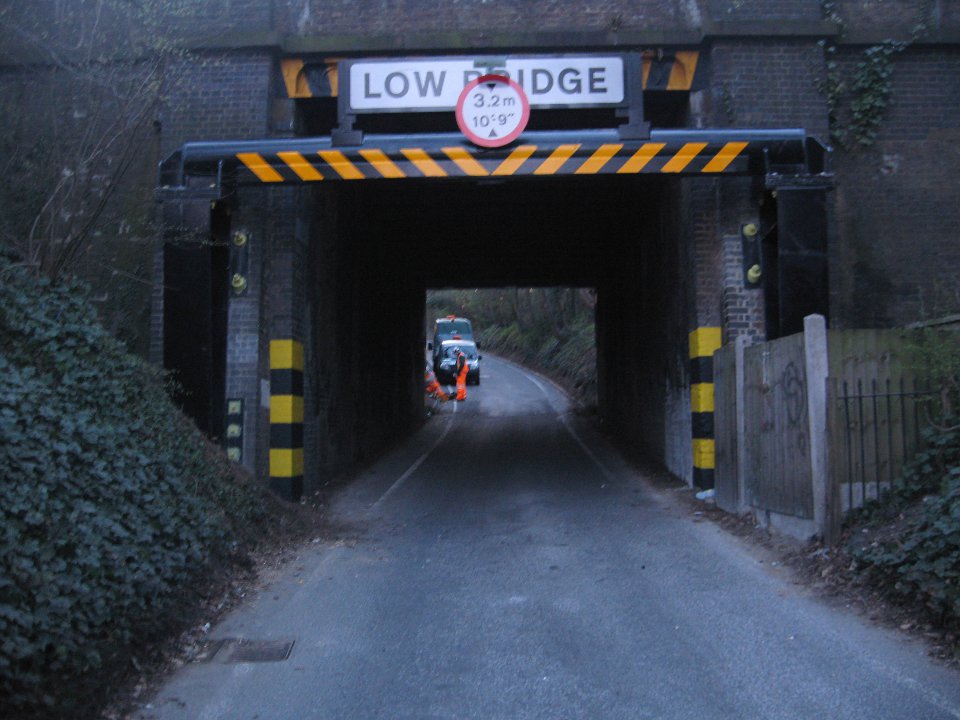Sat Navs make finding your way around so much easier but, ironically, it may be the Sat Nav that has resulted in a raft of ‘bridge’ work that HBPW is now engaged in.
Getting instructions from a talking voice may make driving easier, but how many of us have been taken to the edge of a field or a dead end? If you’re the driver of a HGV the consequences can be much worse than simply reversing and getting back on course.
 Increasingly, lorries and buses are ending up travelling down unsuitable roads – and crashing into low railway bridges. Hopefully, the result is just a damaged vehicle and an embarrassed driver!
Increasingly, lorries and buses are ending up travelling down unsuitable roads – and crashing into low railway bridges. Hopefully, the result is just a damaged vehicle and an embarrassed driver!
But the implications can be serious. Trains are delayed, repairs needed and heavy costs may be suffered by the train operators. “It can cause havoc to the network,” says HBPW’s Paul Monaghan.
HBPW is being asked to look at protecting a number of low railway bridges, particularly on important mainline routes. One solution is to fit Collision Protection Beams, large steel sections attached to the bridge. These take the impact of a vehicle and prevent damage to the bridge and the cost is a lot less than having to repair the structure.
Network Rail asked HBPW to advise after suffering such a collision on the West Coast mainline last year. A fork lift truck driver hit a bridge at Tom’s Lane near Kings Langley (PICTURED) at just 5mph, but it was enough to cause major disruption as Network Rail was forced to close all four lines over the bridge.
Some 29 trains were affected, with the longest delay nearly half-an-hour. Paul says: “Last year there was over three thousand minutes of delay on one bridge alone. If Collision Protection Beams are fitted it can keep trains running.
“These problems are happening all over the country and it’s down to the increased use of Sat Navs. The directions take you on the shortest routes, which may not be the best and we end up with large vehicles trying to squeeze under bridges.”
And Paul is in no doubt about what needs to be done: “It’s time for Sat Navs to recognise such hazards as low bridges and give drivers warnings. Either that, or we go back to reading maps!”

